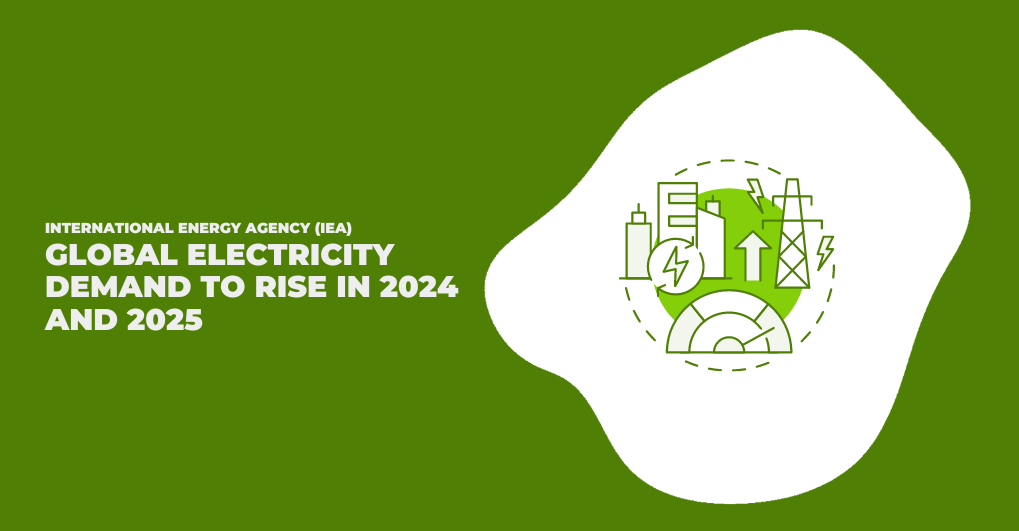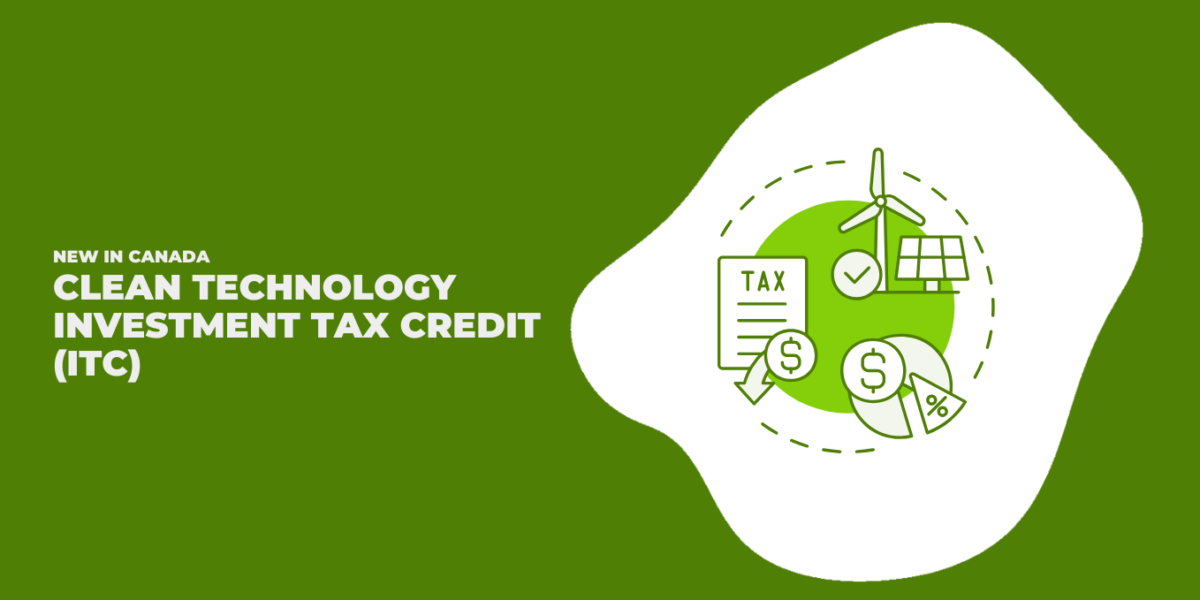BayWar.e. announced the completion of its largest wind farm in Europe—a major wind project in Southern Sweden. The project is now delivering clean electricity to more than 80,000 European homes.
The Lyngsåsa project consists of 22 Vestas V150 wind turbines and has a total capacity of 94.6 MW, marking a key contribution to the nation’s green energy transition. In total, it will produce enough power to displace 93,000 tons of CO2 emissions annually.
“Lyngsåsa is a significant project helping to advance Sweden’s goal of operating all sectors with 100% renewable energy production by 2040, and to achieve net-zero by 2045,” said Lorenzo Palombi, Director of Wind Projects EMEA at BayWar.e.
Excitingly, Lyngsåsa wind site’s inauguration featured several high-profile Swedish politicians, demonstrating the nation’s strong commitment to addressing climate change through collaborative means that enhance private sector innovation.
HåkanWallin, CEO at BayWar.e. Nordic AB, commented: “We are delighted to celebrate the opening of Lyngsåsa wind farm together with such renowned guests. It is a real honor to welcome Anders Ygeman to Lyngsåsa. We are grateful for the government’s support to underline the important role of renewable energy projects for our future.”
Sweden is well known for its global reputation as a leader in adopting carbon-free electricity. Despite high per-capita electricity consumption, more than 75% of Swedish electricity comes from hydroelectric and nuclear power, resulting in a relatively small carbon footprint. Wind energy, which the Swedish government has increasingly come to rely on, accounts for 17% of electricity.
Despite making up just shy of 20% of Sweden’s electricity, wind energy has seen astounding growth since the early 2000s. For reference, Swedish wind production totalled a mere 0.5 TWh in 2000 — 20 years later, and that number has skyrocketed to more than 27.6 TWh! Projections from the Swedish Wind Energy Association estimate that a record 2.7 GW of wind capacity is set to be installed this year alone, demonstrating the nation’s strong wind power momentum.
Speaking to the need to rapidly incorporate more renewables into contemporary electrical grids, Lorenzo Palombi added, “the next ten years will be crucial if we are to get on track and avert climate change. [We] need to propel forward the energy transition at [a] much greater pace.”




